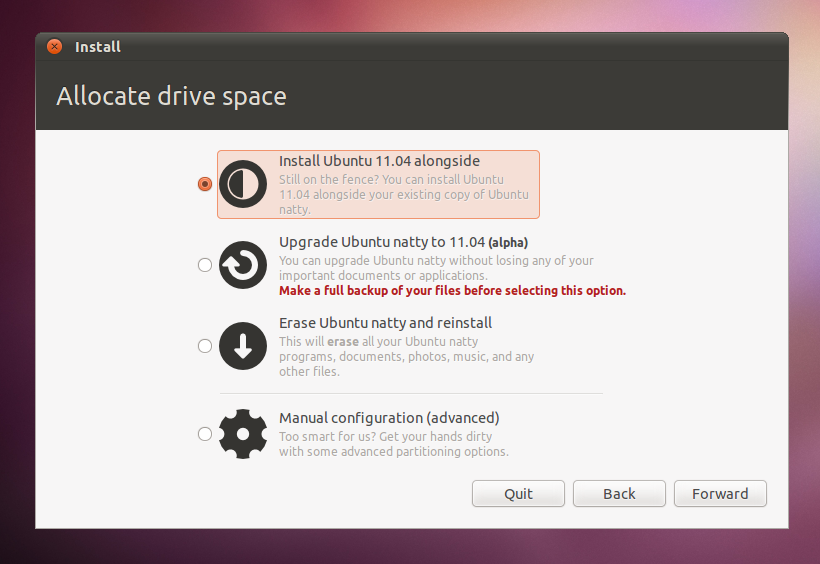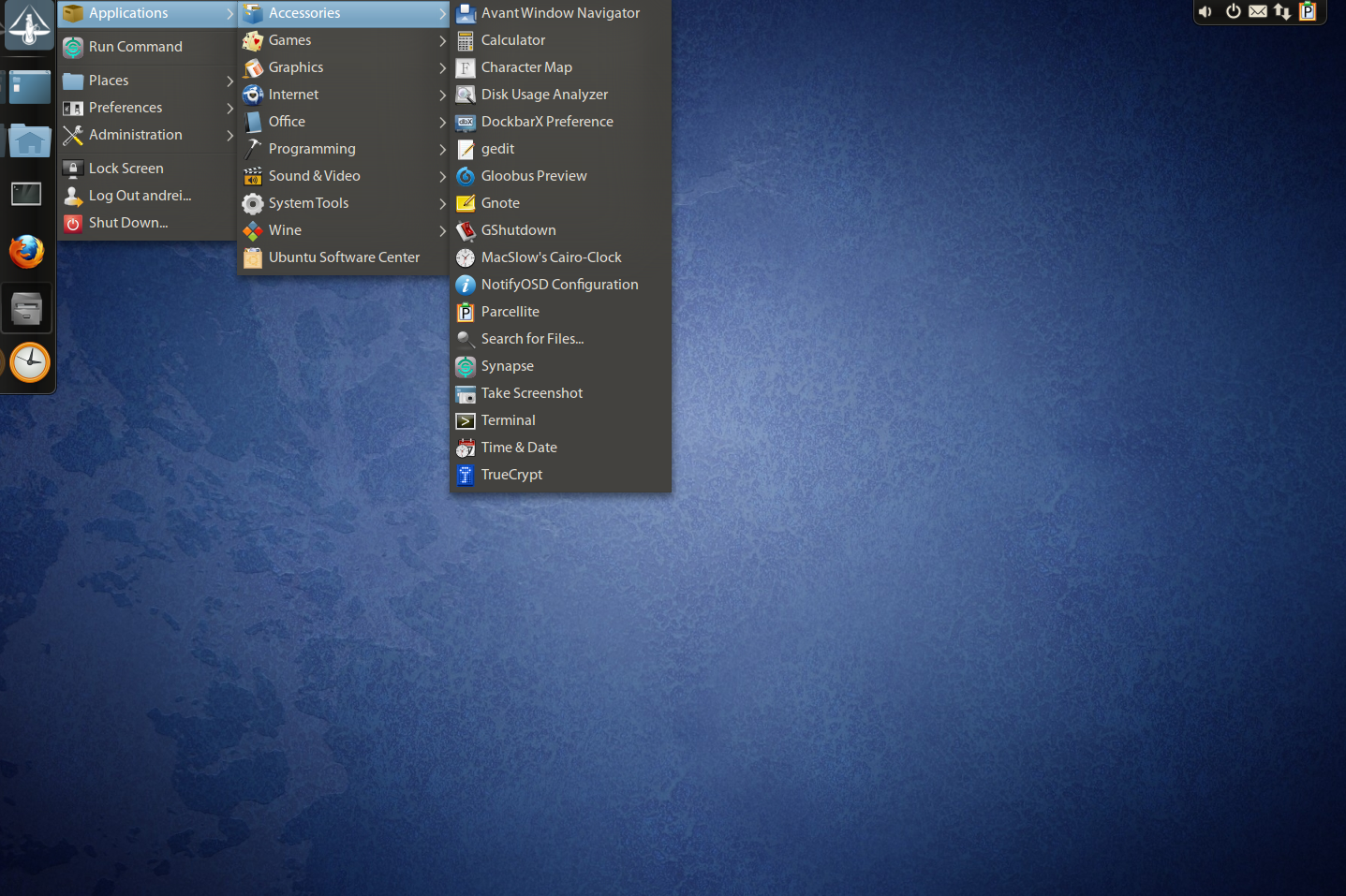Repository Ubuntu 11.04 Iso Image


If you are in Ubuntu 11.04 Unity, click the Applications button (the one with the '+' sign on it) in the launch bar, and then click 'Terminal'. If you are using one of the earlier versions with the Gnome desktop, go to the main menu, then click 'Applications', then 'Accessories', then 'Terminal'. File System Filter Manager. Create a directory where you want to mount it - let's say with the command mkdir ~/cd-image Run this to mount it - sudo mount ~/Desktop/ ~/cd-image -o loopIt will ask you for a password; this is the password with which you log into Ubuntu.
Now, when you click on the 'Home Folder' icon, you should see 'cd-image' in the Places column on the left, as well as a directory in your home folder contents. Clicking either will show you the contents.
Ubuntu 11.10 (Oneiric Ocelot). Select an image. Ubuntu is distributed on three types of images described below. Ubuntu-11.10-server-i386.iso: 2011-10-11 13:52. I use Ubuntu. I have 5 Debian DVDs as iso files. How could i introduce them to Ubuntu as repository? I do not want to burn them and waste a DVD. I just want to mount.
When you no longer need it, you can unmount it with sudo umount ~/cd-image Something to watch for - if the name of the CD image file contains spaces, you must surround the '~/Desktop/' in the command line with quotes; if it contains the apostrophe character, you must precede that character with a backslash (' '). If you see an error return, post it here so you and I can figure out what went wrong. Thank you.I did as you say. Here's the returned error: cd Desktop sudo mount 'Oxford Advanced Learner 's Dictionary 8th.iso' ~/cd-image -o loop >>>Then i change the name to Oxford.iso: sudo mount ~/Desktop/Oxford.iso ~/cd-image -o loop Error: mount: you must specify the filesystem type The mount command should have been able to figure out the type. Free Zte Blade Qlux 4g Update here. Is the path '~/Desktop/Oxford.iso' correct?
What happens when you issue the command 'ls -l ~/Desktop/Oxford*'? If you see the image file in the directory listing, try adding '-t iso9660' to the end of the mount command.
This question has already been answered as part of an answer to a different question: The easiest way to add the image as a software source is to burn it to a CD/DVD. You then need to go to System ->Administration ->Software Sources, click 'Other Software' and click 'Add CD-ROM.' If you want to use the ISO image as a software source without burning it, the process will be a bit more complicated. You will need to open a terminal Applications ->Accessories ->Terminal and run these commands: sudo mkdir /aptoncd-mountpoint sudo mount /media/USB/aptoncd.iso ~/aptoncd-mountpoint -oloop sudo apt-cdrom -d=/aptoncd-mountpoint add (source: ). I method described by dv3500ea does not working now.
( I think it worked in past). It displays a message like: W: Failed to mount '/dev/sr0' to '/media/apt/' E: Unable to locate any package files, perhaps this is not a Debian Disc or the wrong architecture? I fount this workaround useful: After doing dv3500ea's method's first two steps, ( I write this again for user's convenience) sudo mkdir /aptoncd-mountpoint sudo mount /media/USB/aptoncd.iso /aptoncd-mountpoint -o loop you should run this: sudo ln -s /aptoncd-mountpoint /media/apt If it gives you error, saying /media/apt does not exists, create one with this sudo mkdir /media/apt Then run the third command of dv5300ea's command( slightly changed): sudo apt-cdrom add This should perfectly work.